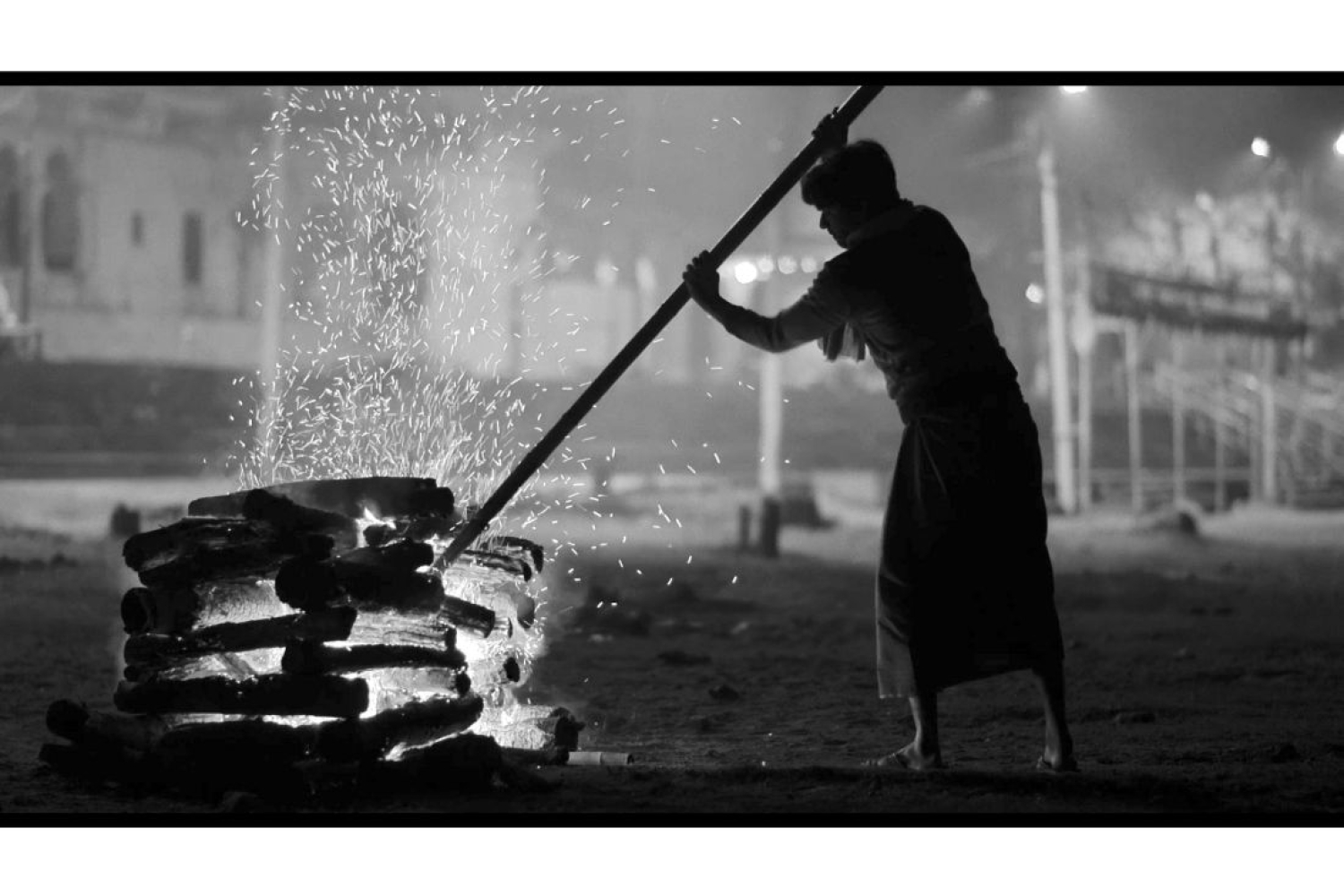

Abhilash Sharma has always held a profound appreciation for the Magahi language, which not only serves as his mother tongue but is also intricately woven into his narratives. Swaha, his second feature was inspired by the same. It won awards at the Shanghai International Film Festival and is now travelling within India.
He reflects on his deep bond with his mother, whose beautiful command of the language has significantly influenced his writing. Elements of her expressions and dialogues frequently find their way into his scripts, lending a layer of intimacy and authenticity to his stories. This close relationship with his mother informs much of his storytelling. He is currently developing a project set in Kolkata that explores themes centred around women, aiming to challenge perceptions that have persisted for generations. The filmmaker acknowledges that his work often gravitates toward women’s issues, driven by an instinctive connection rather than a deliberate choice.
Read our conversation with him below.
How did the idea for writing this film first come about?
The concept was inspired by a short animated film I watched by Alan Baker, titled Animator vs. Animation. The film explores the conflict between creator and creation, which sparked my interest in placing that theme within an underprivileged society, specifically focusing on a Dalit family facing discrimination.
I envisioned an extreme situation where a conflict arises between a mother and her son. From there, I expanded the narrative to incorporate the larger context of Hindu mythology, featuring the figures of Brahma, Vishnu, and Mahesh, representing creation, preservation, and destruction, respectively.
To enrich the story, I introduced two additional characters: a father who acts as a protector and a crematorium worker who symbolizes destruction. Throughout the storyline, these three characters unknowingly navigate their paths, revealing a profound human connection.
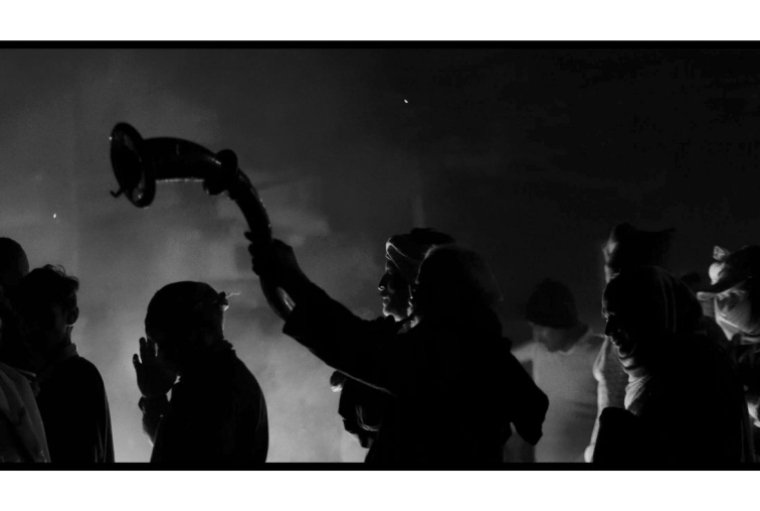
Was there a particular reason you wanted it in Magahi?
Although Magahi is my mother tongue, the inspiration for incorporating it into my work came from a character I created who belongs to the Dalit community known as the Mushars. This community reminds me of a childhood fear I experienced when I saw people eating rats, which left a deep impression on me. To add authenticity to my character, I wanted to set the story in this community, which predominantly resides in central Bihar, specifically in the Gaya region where Magahi is the dominant language. Therefore, I decided to use the Magahi language in my work.
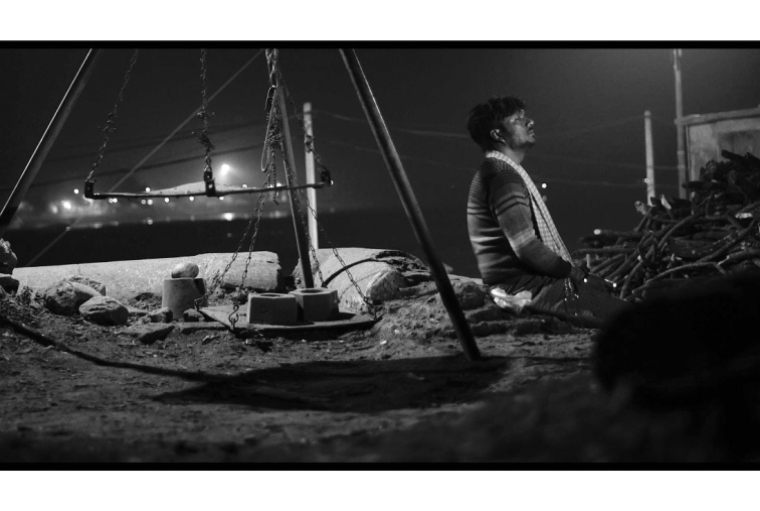
Why did you choose to make the film in black and white?
The decision to present the film in black and white was purely artistic. While working on the script, I envisioned the images predominantly in black and white. When I met with my cinematographer, we both recognized, during our discussions and site visits, that the location had more dynamic qualities in black and white. The effect was much more compelling in this format than in color. Since our camera was not equipped to shoot directly in black and white, we filmed in color. However, in post-production, we transformed the visuals into black and white during the digital intermediate process.
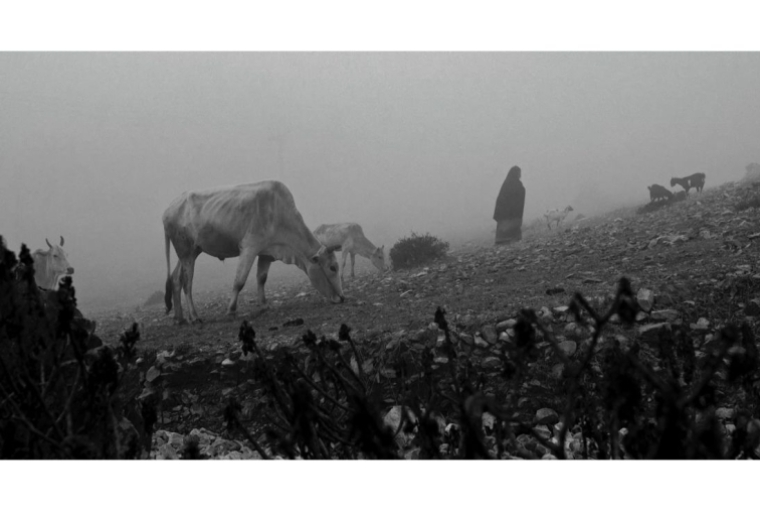
Do you want to continue making movies in the Magahi language? Are you inspired and motivated to take this forward?
Cinema is a language that I have trained in and worked with. For me, the subject, location, and geographical area are more important than sticking to one language. The language I feel comfortable with for my subject is the one I will explore. In my next film, I plan to incorporate some Urdu and Hindustani since the story is set in Lucknow. It's not just about the language for me; it's about what I want to express through my film. Language is an authentic tool that can enhance my story, and I focus on that rather than promoting any particular language. The essence of the story matters most, and if the language I use adds authenticity to that, then I will embrace it. Now, that I'm writing something in Urdu and Hindi, I'm putting a lot of effort into my research. It's a bit challenging for me; for instance, working with Magahi was difficult despite my family speaking it often because I wasn't very comfortable with the language. However, I did my homework to improve. For my next project, I am learning Urdu, including verses and shairi.
Do you have a creative process when you’re writing?
I believe there are different stages in the writing process. Personally, I prefer to write my story first to conceptualize it in an audio-visual way. Once I have that foundation, I start to explore what I want to express through the scenes, which brings me into the dialogue zone. At times, I find the creative process monotonous or tedious, especially when I’m just sitting in my chair working on it. However, that's just part of the journey, and I think everyone experiences this at some point. For me, filmmaking is all about creating magic, and that magic comes from the interplay of visual and sound elements. In addition to those elements, I also work on everything that supports the story, including language, dialogue, and characters. I don’t always see myself as a consistent writer; there are days when I don’t write at all, and then suddenly one night, an idea strikes, and I start writing again. This fluctuating process is part of my ongoing journey with this film. It can be frustrating not to be fully focused on the writing process, but as an independent filmmaker, we often have to navigate.
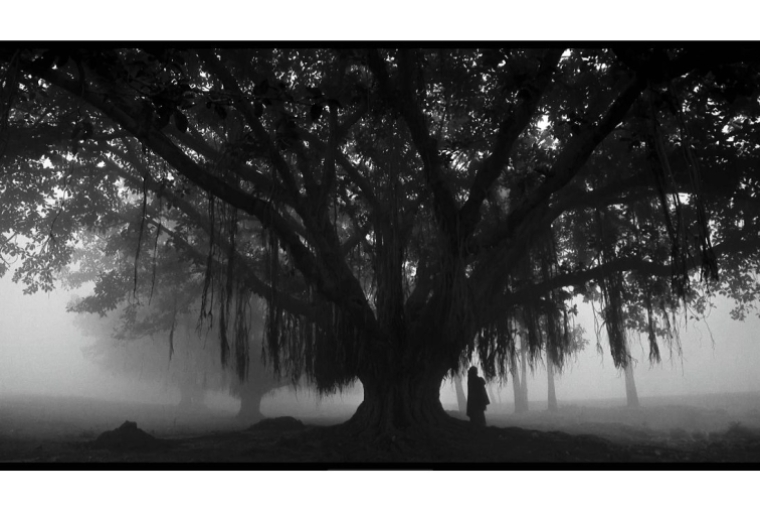
Words Hansika Lohani
Date 07.01.2025